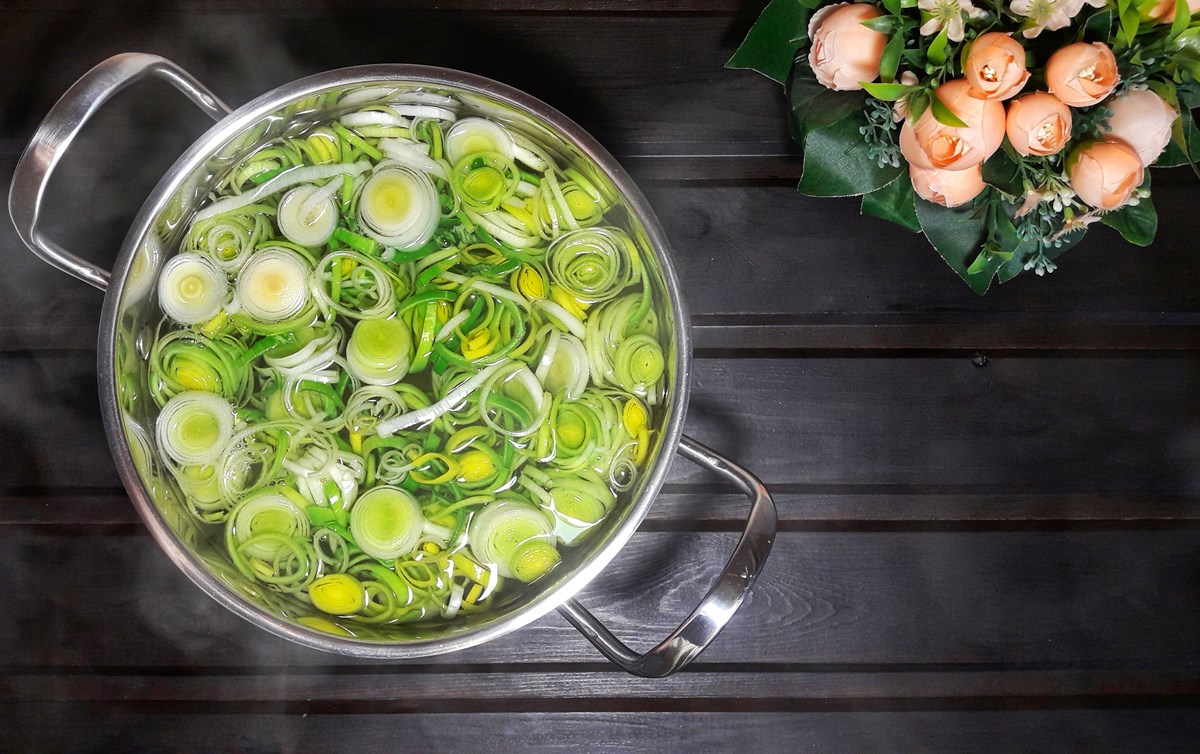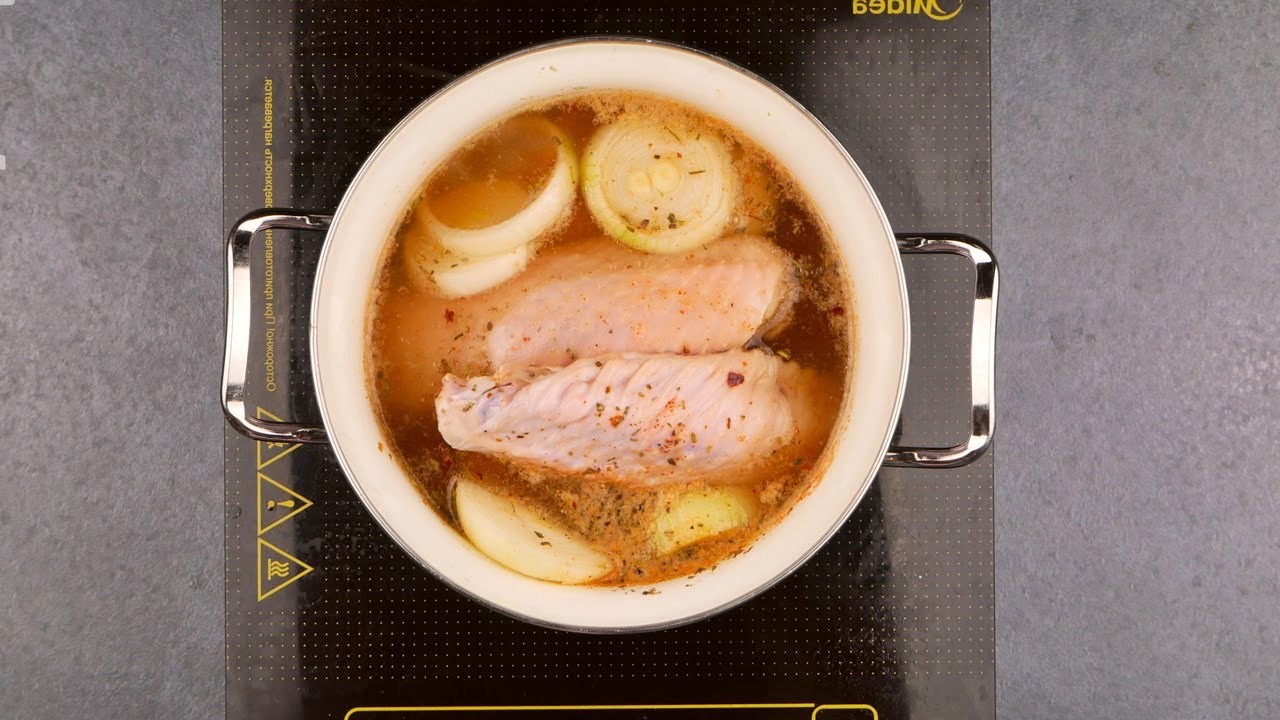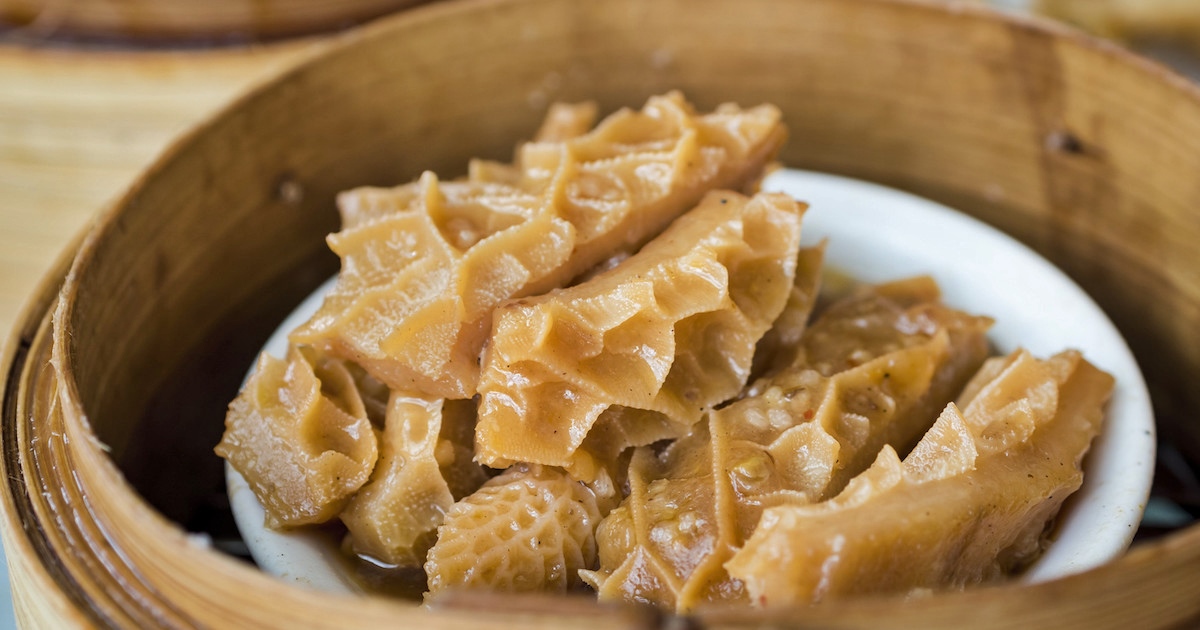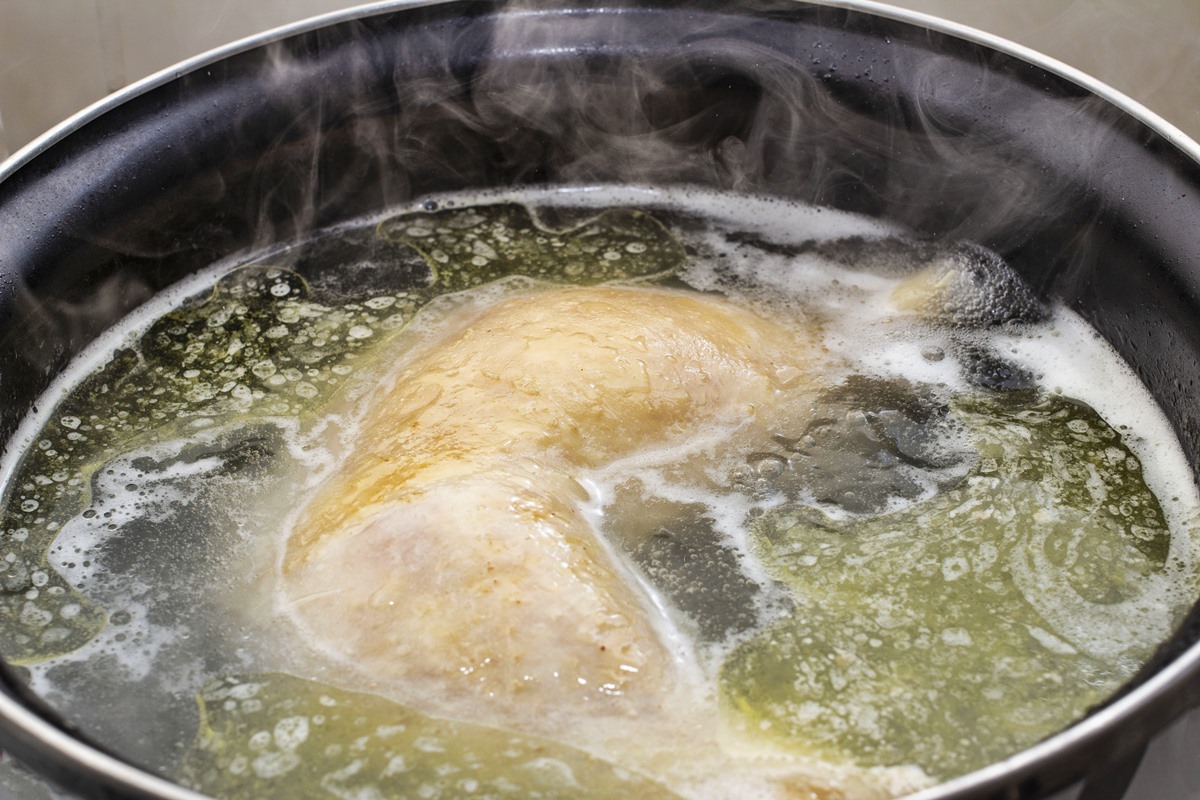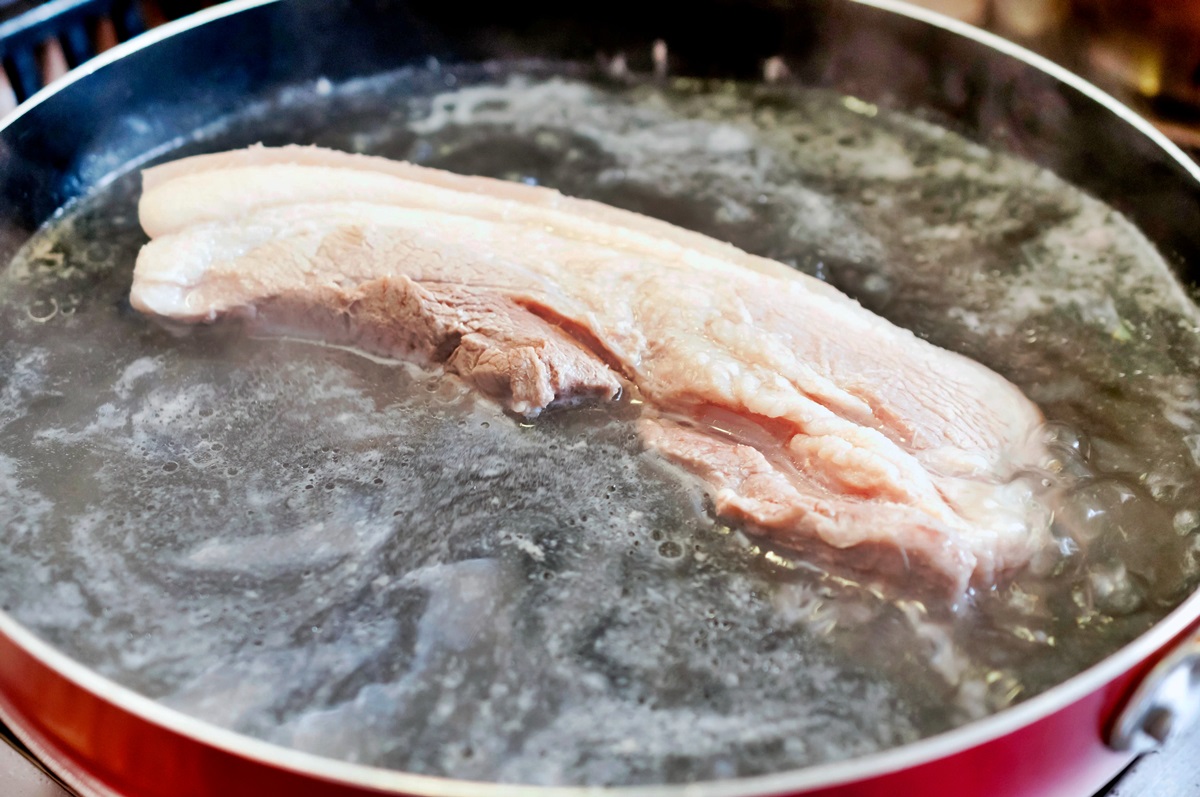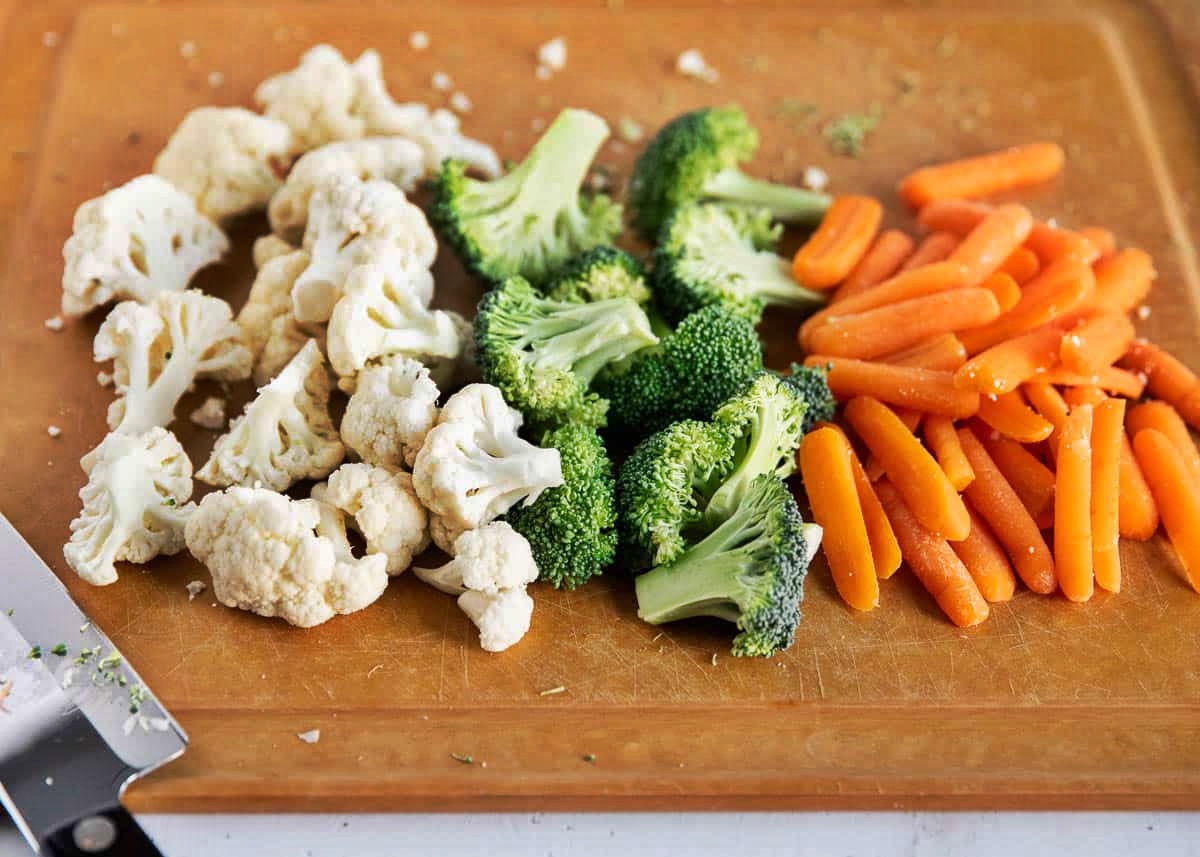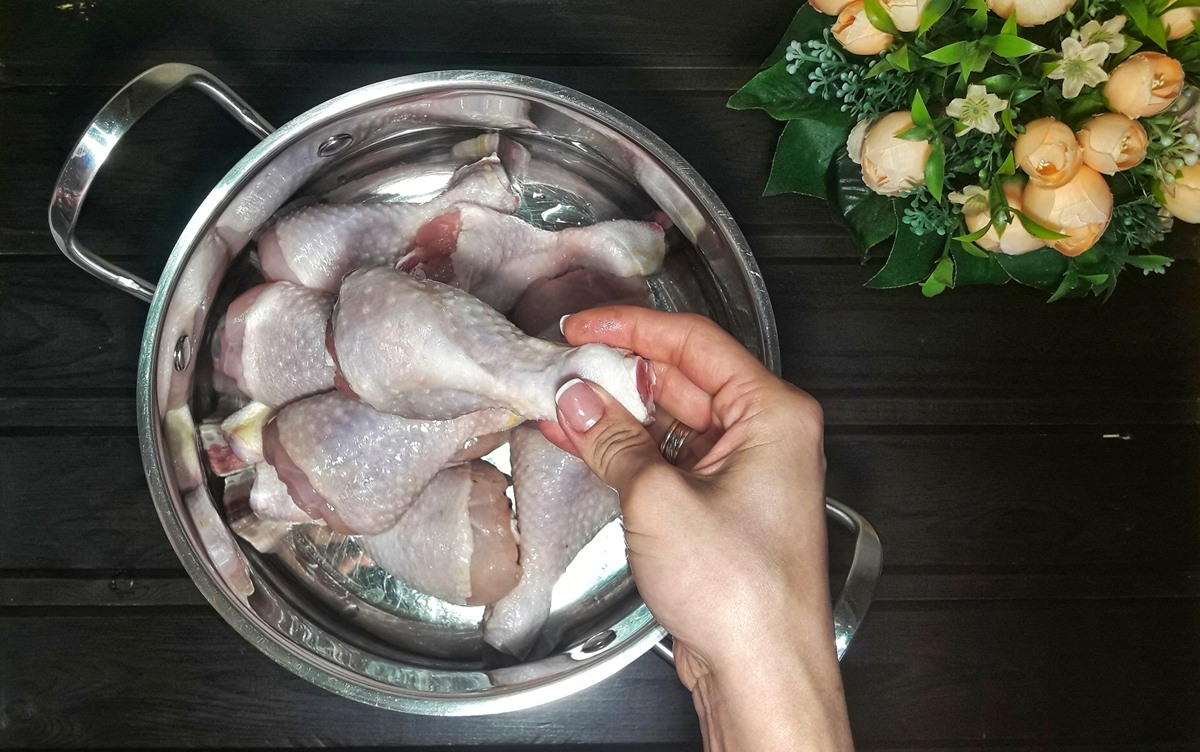How To Boil Almond Milk
Almond milk has gained popularity in recent years as a dairy-free alternative that offers a creamy and nutty flavor. Boiling almond milk can enhance its taste and consistency, making it a perfect addition to your morning coffee, cereal, or a warm cup of tea. If you’re curious about how to boil almond milk correctly, follow the simple steps below:
Step 1: Choose Your Almond Milk
There are various brands and types of almond milk available in the market. You can choose between sweetened, unsweetened, or flavored almond milk based on your preference. Make sure to read the label and select one that fits your taste and dietary needs.
Step 2: Get Your Supplies Ready
Before you start boiling almond milk, gather the following supplies:
- A saucepan or a small pot
- A whisk or spoon for stirring
- A heat-resistant spatula or ladle
Step 3: Pour and Heat the Almond Milk
Measure the desired amount of almond milk and pour it into the saucepan or pot. Make sure to choose a container that provides enough room for the milk to expand as it heats up.
Place the saucepan on the stovetop over medium heat. Stir the almond milk continuously with a whisk or spoon to prevent it from sticking to the bottom of the pan.
Step 4: Bring to a Gentle Boil
Continue heating and stirring the almond milk until it reaches a gentle boil. A gentle boil is when small bubbles form around the edges of the saucepan or pot. Avoid boiling the almond milk too vigorously, as it can cause it to curdle or create a messy overflow.
Step 5: Reduce Heat and Simmer
Once the almond milk comes to a gentle boil, reduce the heat to low and let it simmer for 5-10 minutes. Simmering the almond milk allows its flavors to develop further and creates a smoother texture.
Step 6: Remove from Heat and Serve
After the simmering time is complete, remove the saucepan or pot from the heat source. Use a heat-resistant spatula or ladle to transfer the boiled almond milk to your desired serving container.
You can enjoy boiled almond milk as is or use it in various recipes as a dairy-free substitute. It adds a rich and nutty flavor to hot beverages, oatmeal, on top of pancakes, or even in creamy soups. Be creative!
Remember, boiled almond milk can be stored in the refrigerator for up to 3-4 days. Just make sure to give it a good stir before using it again, as separation may occur.
Now that you know the simple steps to boil almond milk, go ahead and give it a try! Enjoy the creamy goodness and the delightful taste it brings to your favorite recipes.
Explore Delicious Recipes Using Boiled Almond Milk
Now that you've mastered the art of boiling almond milk, why not put this skill to delicious use? From morning beverages to comforting dinners, almond milk can transform the way you cook and enjoy your meals. A must-try is the creamy almond milk latte for a smooth start to your day or the vegan almond milk hot chocolate for a cozy evening treat. For a hearty meal, the almond milk mac and cheese offers a dairy-free twist on a classic comfort food. Each recipe uses boiled almond milk in unique ways, enhancing flavors and textures while keeping dishes light and healthful. Dive into these recipes to see how versatile almond milk can truly be in your kitchen.
Was this page helpful?
Read Next: How To Boil Hot Links




